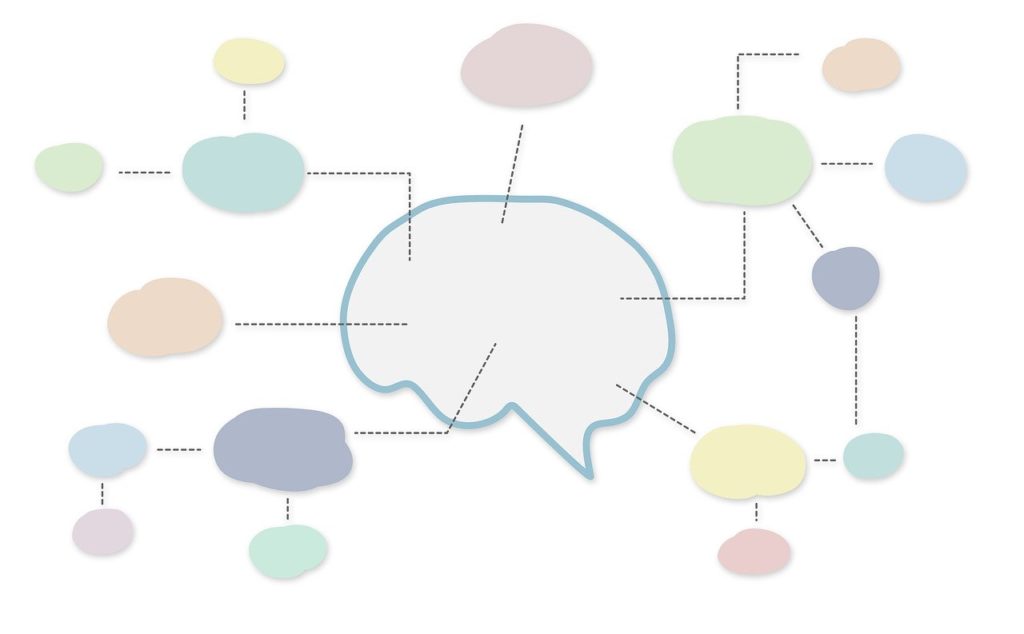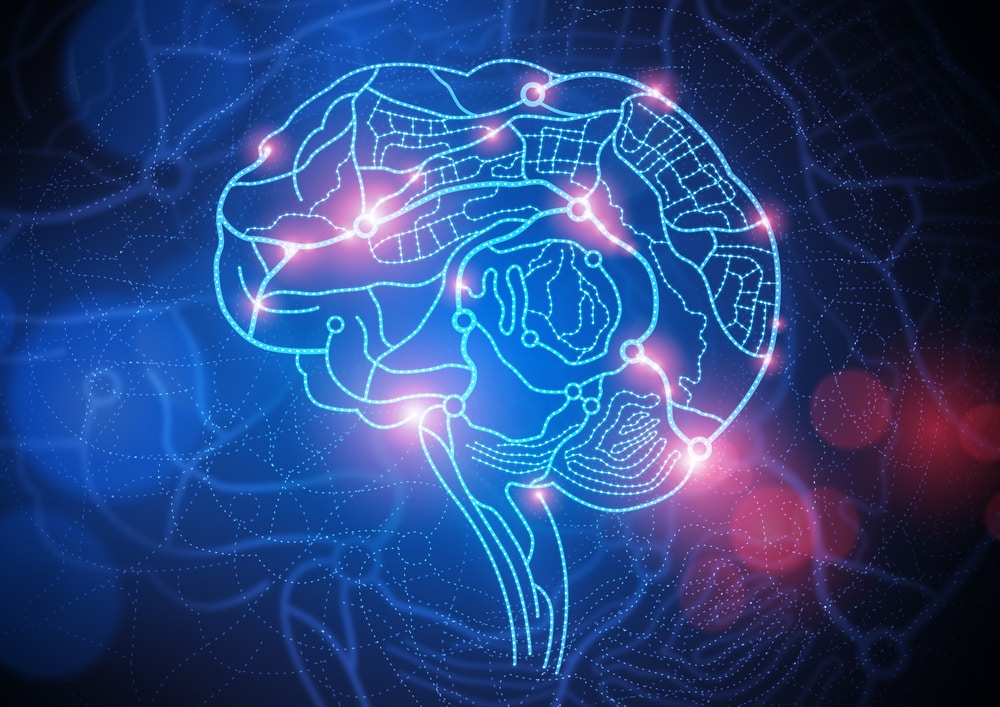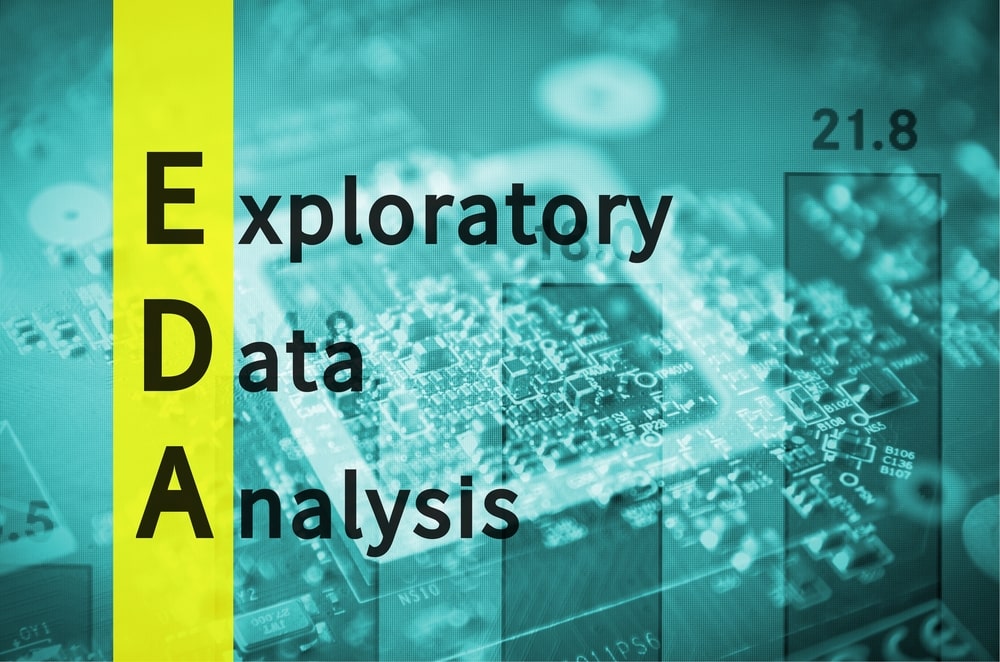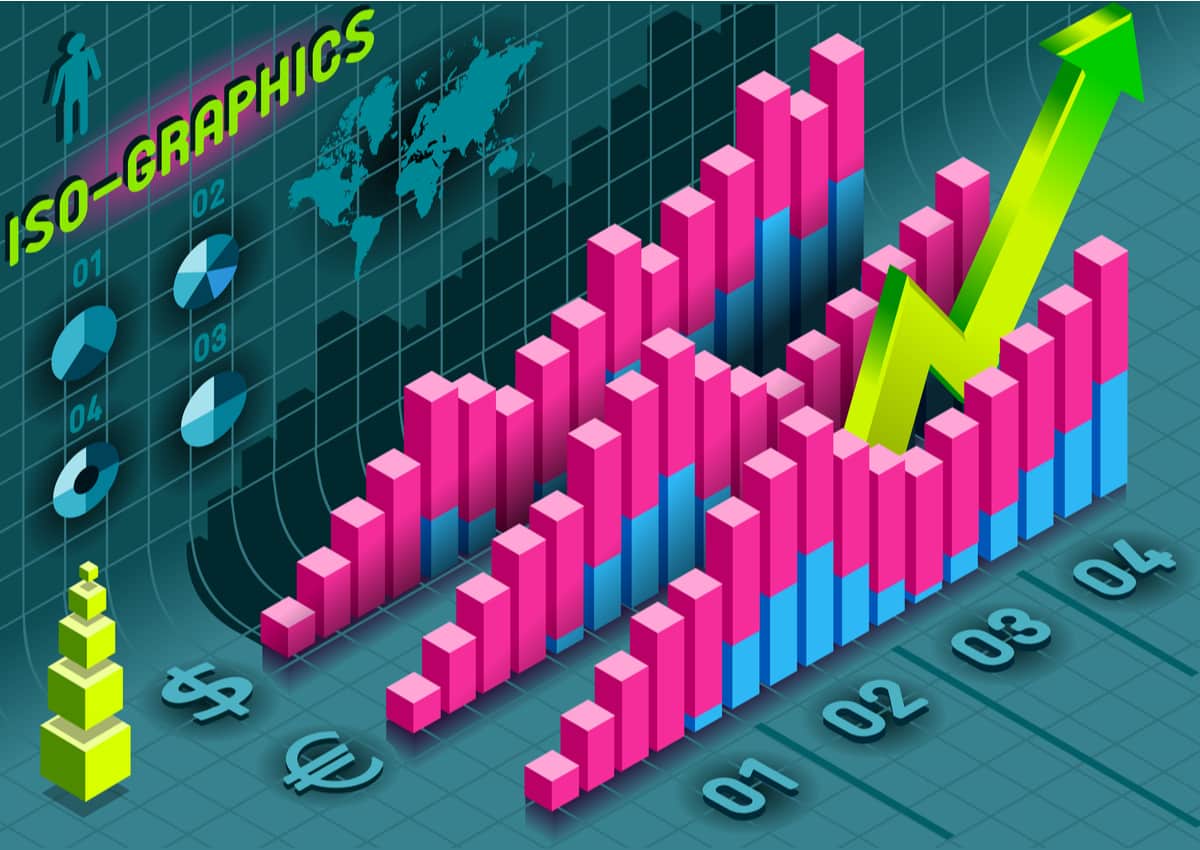In today’s world, where data is king and tonnes of information is being generated every day from all sorts of sources, data visualisation is the need of the hour. This is especially true for data scientists.
Data scientists are tasked with seeing value in data and communicating these insights with other stakeholders who aren’t data scientists. This means each concept, relationship and result needs to be thoroughly understood and represented by a data scientist, to be able to pass it on to experts and non-experts. Structured data derived from unstructured dumps is becoming increasingly important for businesses looking to power decision-making and further business goals.
Why do data scientists need to have structured thinking?
It is crucial that a data scientist be able to think critically and analytically in a structured manner. Structured thinking is defined as the process of creating a structured framework to understand and resolve an unstructured problem. Having a structure enables a data scientist to understand problems at micro and macro levels– this, in turn, highlights areas that require a deeper understanding and more hard work. The benefits of structured thinking are as follows:
- Evaluating tools needed: There are plenty of tools, software and coding languages available at a data scientist’s disposal. However, structured thinking is what allows the scientist to pick and choose from this array in order to resolve the problem efficiently, accurately and in a scalable manner.
- Understanding problems: Data scientists work in high-pressure scenarios and need structured thinking to immediately grasp the crux of the presented problem. It is only after doing so that they can understand how to come up with the best solution.
- Dealing with setbacks: If a data scientist applies structured thinking to the solving of a problem, they are more likely to be well-equipped to deal with setbacks. This could be in the form of mental roadblocks, new influential factors or human error. Structured thinking allows a data scientist to understand the new problems and evaluate how best to deal with it without taking two steps back on progress made or losing out on timelines.
- Keeping organised: Solving a complex data problem is as successful as its steps– if the flow of steps and approaches is haywire, chances are the solution may not be the right one. Structured thinking allows a data scientist to keep all their tools at hand and have a step-by-step method of approaching the problem. In the long run, and if there’s a hiccup in the process, this approach allows the scientist to trace their steps and make changes where required before proceeding.
Nearly everyone has the ability to think simultaneously. However, the ability of a data scientist to carry out structured thinking is what sets them apart from the crowd.
How Mind Mapping helps?

Mind-mapping is an age-old concept that’s taking on a new form. In the earlier days, it meant putting pen to paper and charting out arguments, logical explanations and flows to enable anything from product creation to writing an essay. Today, it has become the weapon of choice for good data scientists looking to whip up new-age solutions to modern problems.
Mind-mapping is the process of putting down thoughts and explanations in visual forms, using symbols and geometric shapes to draw connections. In essence, it’s a visual representation of your mind thinking in a structured manner.
Mind-mapping is best suited for data scientists who focus on:
- Decision trees
- Random forests
- Boosting
Here are the ways mind-mapping is beneficial for data scientists:
- Engages visual learners: 65% of people are visual learners. By using visual aids like mind maps to plot out arguments and divide unstructured data, visual learners are more likely to grasp the concept or problem faster, which will then lead to quicker solutions.
- Tackles volumes: Big data appears in large avalanche-like volumes which can be nearly impossible to sift through without any form of structure. With mind mapping, data scientists can delineate given data and create connections, thereby reducing information noise and retaining only valuable insights and inputs.
- Finding main topics: When dealing with a large dump of data, it can be difficult to pinpoint the central topics around which the rest of the information revolves. Mind mapping can help to a certain extent by emphasising on central topics and then moving to draw out related facets. It is a vital process because, without identifying the main topic, it is highly unlikely that a viable or accurate solution can be delivered.
- Enhances memory: Mind maps often use a lot of shapes and colours which are said to have a positive effect on human memory and perception. By using a variety of colour codes in your mind map of information, data scientists are more likely to identify connections better and remember them for when they’re needed. It cuts down on a lot of time spent sifting through data dumps or notes because a data scientist has forgotten an important piece of information.
Free Mind Mapping tools for Data Scientists

MindMaster
A professional tool for creating mind maps at the data science level, MindMaster has plenty of tools and templates that are useful for both first-time mind mappers and veteran structured thinkers. The wide range of functions allows full customisation. So does the task management function, which lets users go through tasks in different overview layouts including Gantt chart view, outline view and mind map view.
Text2Mindmap
A household name among data scientists, this mind mapping tool is best known for its speed. The browser-based programme allows users to present ideas first as a list of text. This list is then converted into individual nodes to form the overall mind map. Keyboard shortcuts allow users to create maps rapidly. The download option is also handy– it allows users to get their created mind map as a PDF for print or an image for on-the-go reference.
Coggle
It’s in the name– Coggle works data scientists’ cogs by enabling them to brainstorm, collaborate and share with other people. The user interface is designed in such a way that images can be easily dragged and dropped to make the mind map more interactive. Separate projects can be colour-coded and shared; changes are tracked in the edit history section so all collaborators are on the same page. When the mind mapping is all wrapped up, it can be exported in the form of a PDF or an image or shared through personalised links with other collaborators or the final recipient.
XMind
A widely-used open source program for mind mapping, XMind is the go-to for brainstorming, planning, structured analysis and simplification of ideas. By allowing data scientists to arrange complex data into simple, understandable structures, it creates a conducive platform for finding trends, relationships, patterns and solutions to even the most complex data conundrum.
MindMeister
The drawcard of this mind mapping app is the live chat through which scientists can collaborate and make changes in real-time. The user-friendly interface allows for tracked changes and a complete edit history to track progress. It also allows users to access their mind maps on mobile phones on the go; however, safety and security of data are always of utmost priority.
Pros and Cons of Mind Mapping
Here are the pros of mind mapping and why it’s beneficial to data scientists in particular:
- Widely usable: Regardless of the topic, mind maps can be used to develop the seed of an idea into a full-fledged structure. It emulates the way the brain works in that it crafts structures and arrangements and influences the learning of concepts and building of solutions.
- Concisely crafted: Mind maps simplify even the most complex topics to ensure they’re properly understood. This is beneficial for those who struggle with learning difficult concepts or relationships between various facets and saves a lot of time during the learning process.
- Unlimited editing: A mind map can be done and redone over and over again because its reworkable, especially when using a free mind mapping tool. This allows data scientists to explore different opportunities or possibilities without having to fixate on one from the beginning. Naturally, this aids the creative process.
The cons of mind mapping, though few, are as follows:
- Text limitations: Since mind maps are visually driven, they usually don’t allow for too much text. Even if text is included, it doesn’t cross the threshold of 4-5 words. For those who learn through lines of text, this may prove to be a hindrance as the very crux of mind mapping is doing away with long sentences and simplifying concepts into a few all-encompassing words.
- Time consuming if creative: If a data scientist prefers colourful mind maps complete with images and changing fonts, mind mapping may evolve into a time-consuming process. The basic mind map saves on time and effort, but the more creative and perfection-oriented one gets, the more likely the process is to take time.
Data analytics and visualisation is a core component of business decision-making at any level, be it grassroot or eye-in-the-sky. Data scientists, equipped with structured thinking through mind mapping processes, can condense and evaluate tonnes of data into revelatory insights, becoming an integral part of any business.
If you find this interesting and wish to learn more about the same, upskill with Great Learning's Data Science course today!






